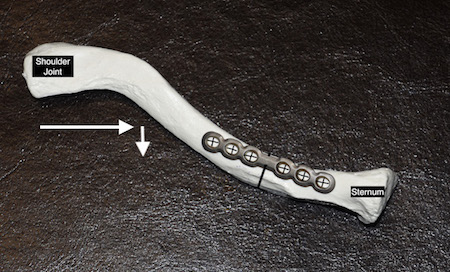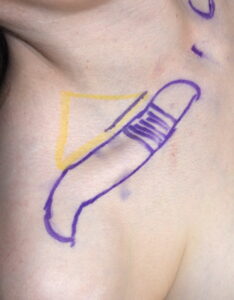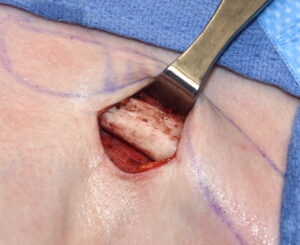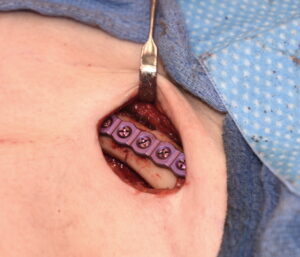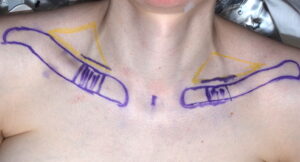Background: The width and shape of the shoulders is highly gender specific. While broad shoulders are desired by most men, more narrow shoulders are usually preferred by women. Men prefer a sharper shoulder shape while women a more rounder one. While men seek surgical methods to large their shoulders, women may seek a method to reduce them. Shoulder widening has three methods to do so while shoulder reduction has only one. (clavicle reduction osteotomies)
While the perception of one’s shoulder width is what ultimately matters, there are several methods used to measure or quantitate it. Typically shoulder width is measured from tip to tip which is the acromio-clavicular prominence. A more complicated method is biacromial width which measures the outermost bony points on the top of each shoulder. Another method, which I find the most useful as it contributes the most to the visual perception of the shoulders, is bideltoid width. This will be greater than biacromial width because it includes the soft tissues (muscle and fat) as well.
While women often seek to know what their bideltoid width is and whether it is normal or not, it is not quite that simple. Tables certainly exist for bideltoid widths but there are a lot of factors (height and weight, ethnicity) that go into these measurements and I would not get too restrictive by some table. It is more about proportion and the patient’s perception of it than any number. Bideltoid width is relevant for me because it can be measured before and after shoulder reduction surgery as a measure of effectiveness of the bone removed and the amount of bideltoid reduction that occurs from it.
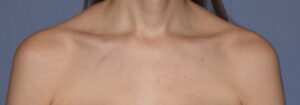
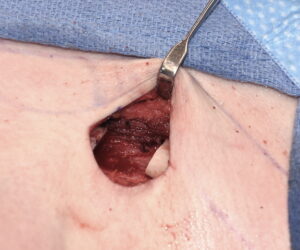
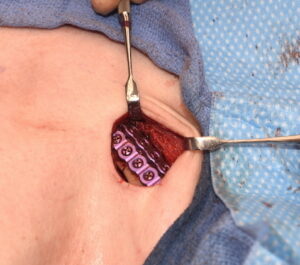
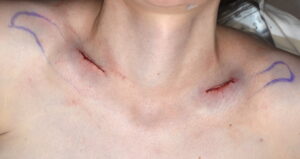
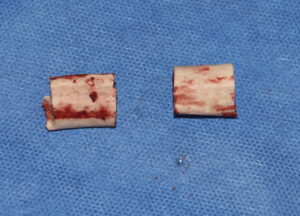
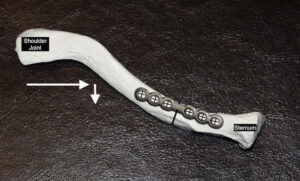
Case Highlights:
1) Broad shoulders can be measured by several methods but the patient’s perception of their width is what matters the most.
2) In the taller patient greater bone removal (3cms) of the clavicles can be done as their clavicle lengths and bideltoid widths are greater.
3) Double plate fixation of clavicle reduction osteotomies provides greater assurance against postoperative complications and potentially earlier arm range of motion.
Dr. Barry Eppley
Indianapolis, Indiana

